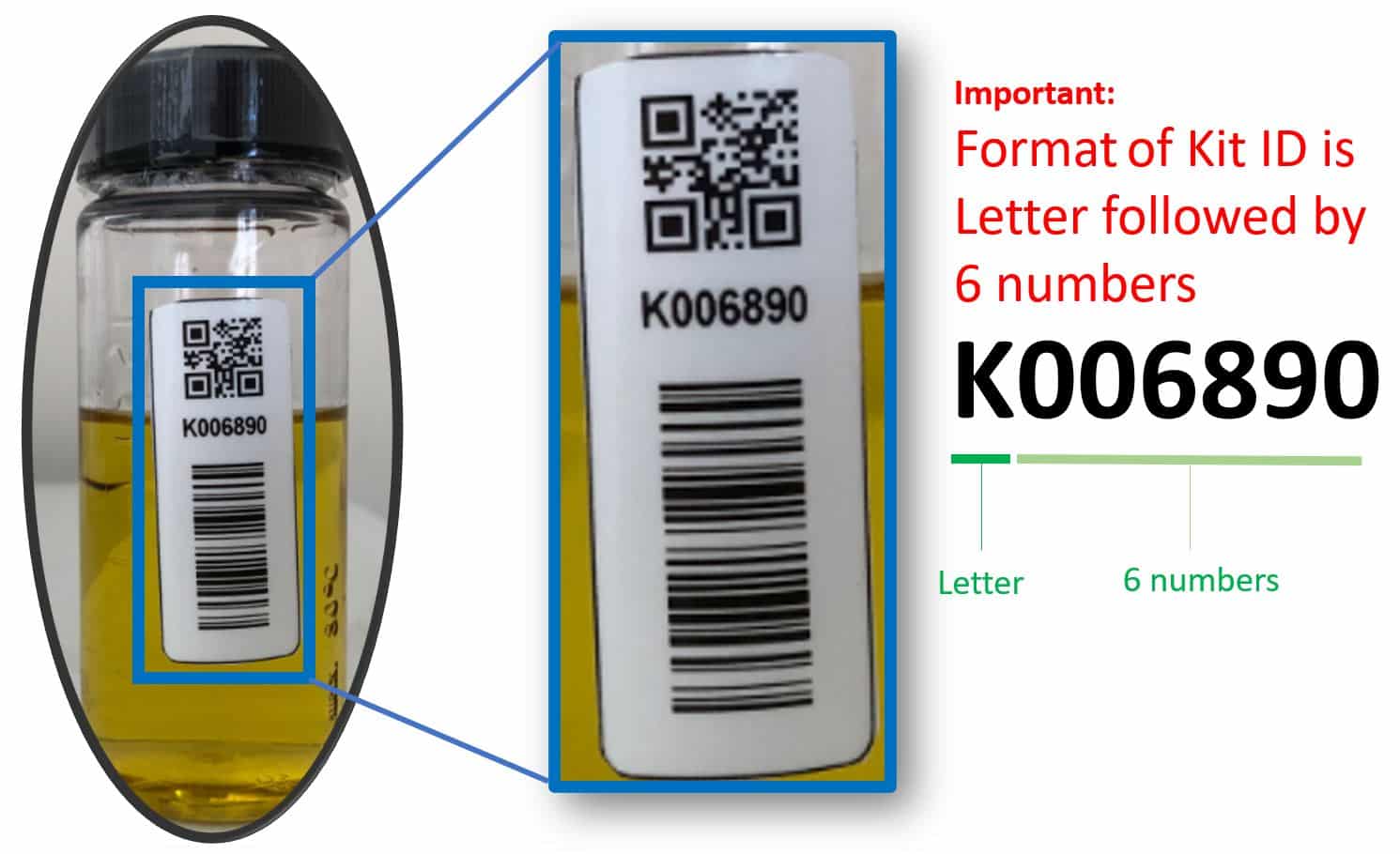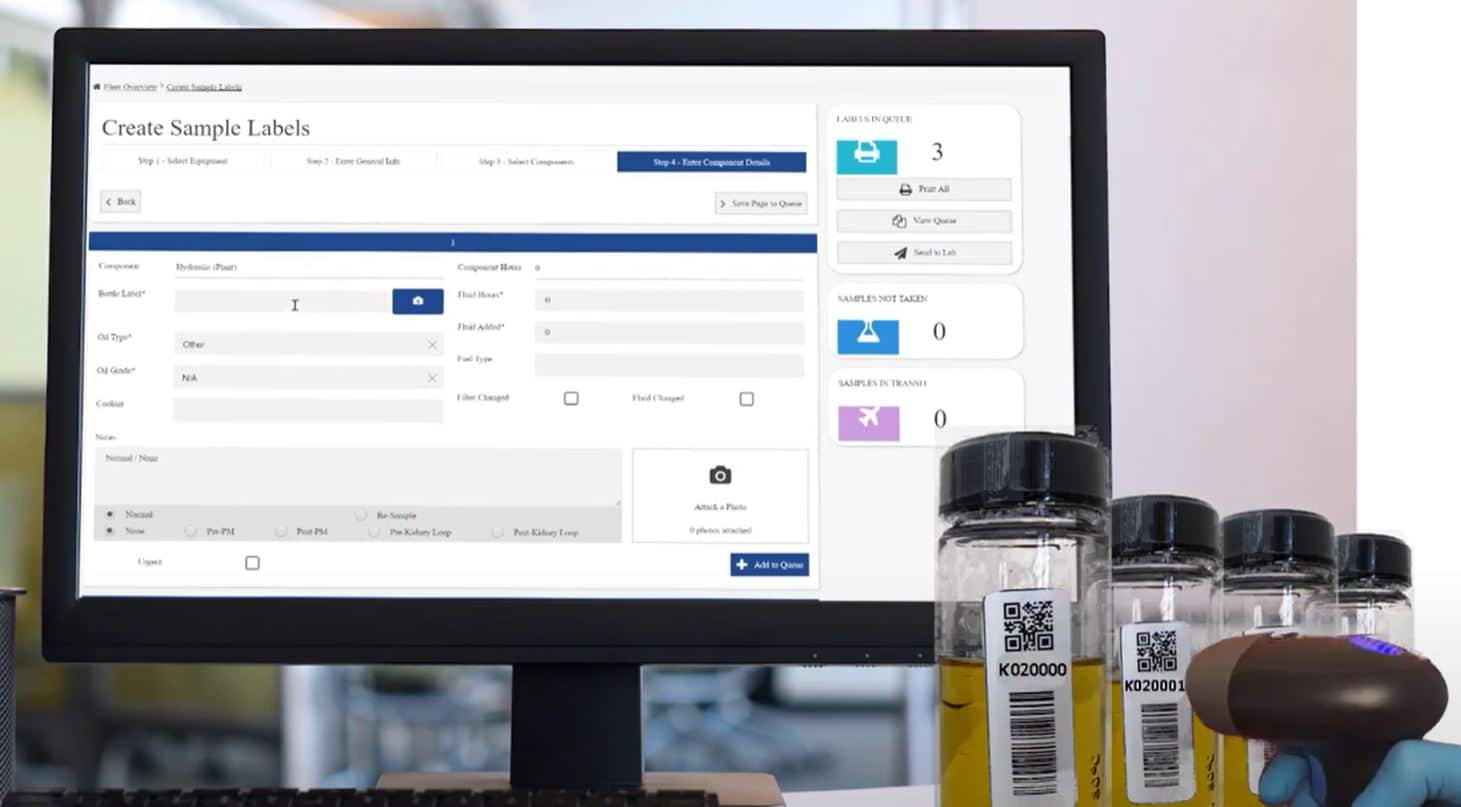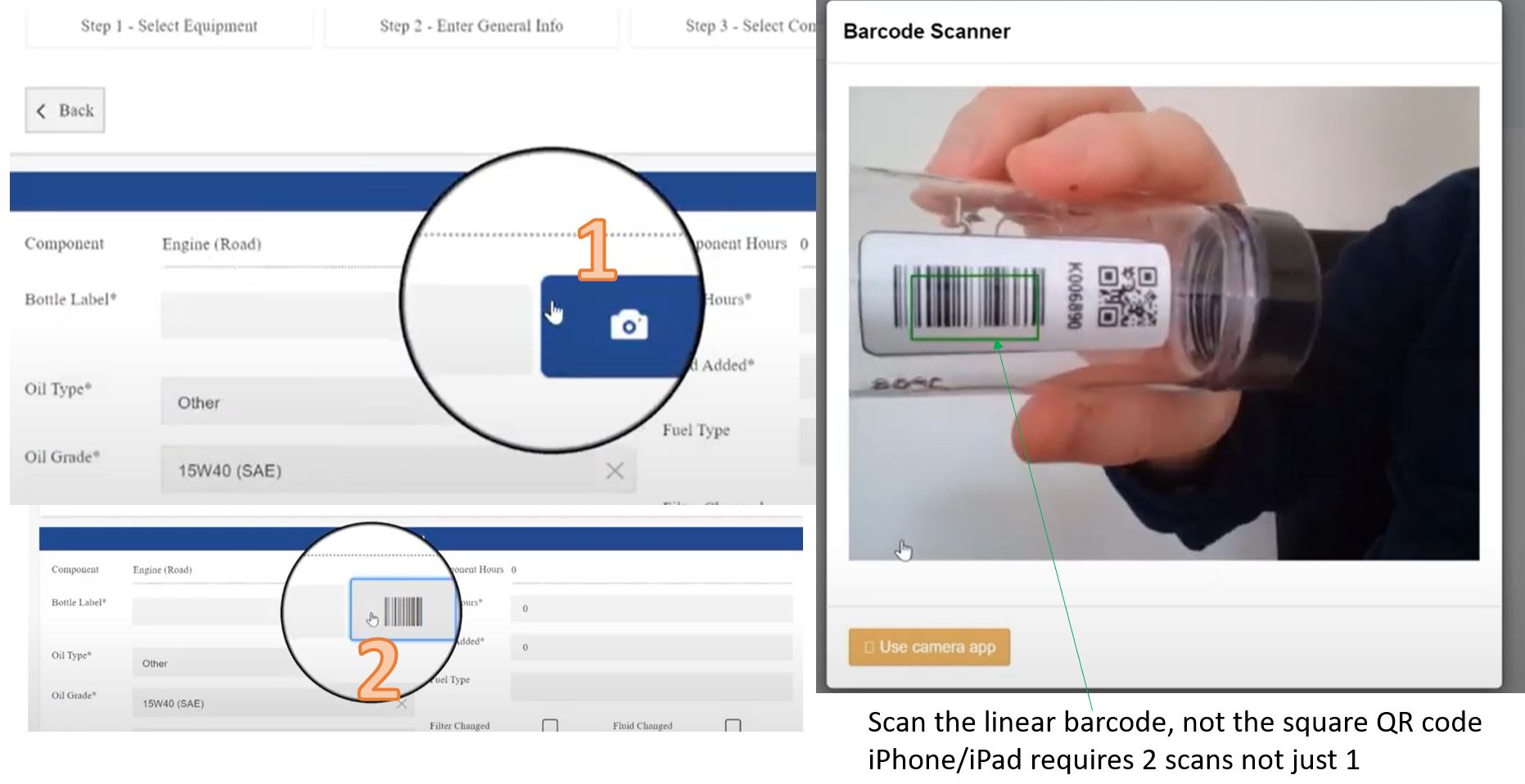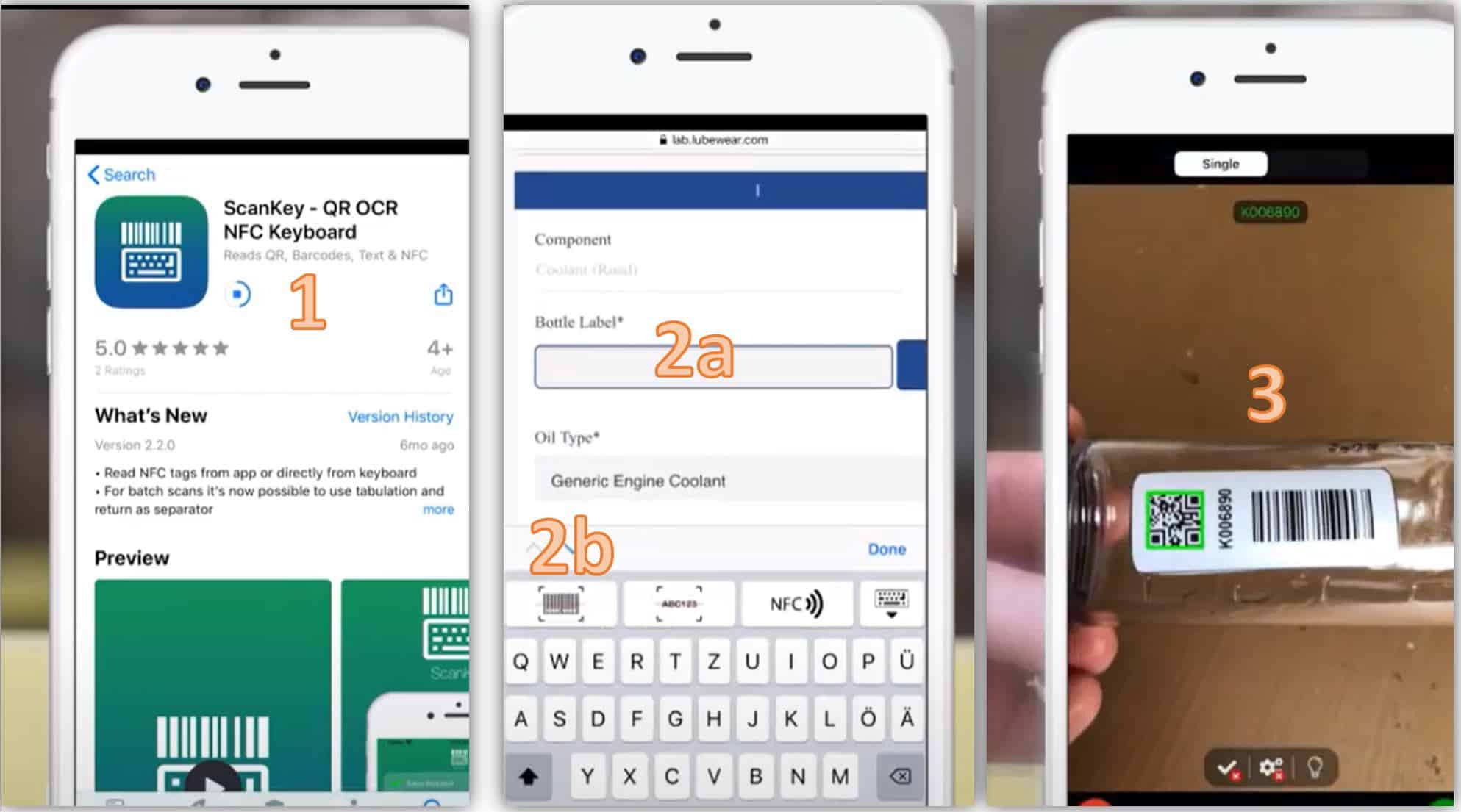How to get the K number right every time?
So you mistyped a barcode. No big deal right? Well if the lab can identify the barcode and try reverse engineer the mistake made then no harm done for now. However, next time you might not be so lucky so it’s important to know the common mistakes you can make with a barcode when typing. The reason this is important is the K number is used to link everything about your sample to your bottle. Without it, the bottle is just a sample with no customer for the report to go back to. Hence, it’s important you take care of this crucial bit of information you are providing the lab, as it can delay you receiving your results and ultimately mean a failure is not avoided. Let’s first look at some common pitfalls people make when typing the barcodes.
Common mistakes people make when pre-registering a barcode (using K012345 as an example)
- KO vs K0 – This is the number one mistake by a country mile. If this is the mistake you made its not too much of an issue as the sample reception are always looking out for this error type. Our barcodes are all K followed by six numbers. The barcode hence would be K012345, not KO12345. We realise the characters look very similar and we have even gone for the old fashioned calculator style 0 with a line through the middle to help highlight its a number in newer generation codes, but some people now read this as an 8. Hence, please just try to remember it is a K followed by numbers, not letters and read the digits carefully.
- Missing the K – some people just don’t realise the K is part of the code and hence just type 012345 or even 12345. This can usually be caught as at least the numbers are there, but it will delay your sample results as the sample cannot be processed until the barcode is matched.
- Missing a digit or adding extra digits – e.g. K0012345 or K2345. This is a risky one as this really requires some detective work by the lab to work out what you did wrong. We process thousands of samples and there may be several candidate barcodes similar to the real one (e.g. if we receive K012345 and K112345) that could match.
- Flipping digits – e.g. typing K013245. This is a common typing mistake in general where you put the numbers in the wrong positions e.g. 2 and 3 have been flipped and comes from typing the code too fast and not watching carefully enough the code. When scanning what you typed with your eyes, the way the human brain works is it can still process words and digits even if in the wrong order. Take this sentence for instance. Most people can still read the following sentence even though the letters are jumbled up, hence you have to contrate and type carefully to avoid this.
“it deosn’t mttaer in waht oredr the ltteers in a wrod are, the olny iprmoetnt tihng is taht the frist and lsat ltteer are in the rghit pclae”
- Typing incorrect digits altogether or missing whole chunks of the barcode – This can be simply looking at the wrong numbers, having your fingers in the wrong position when typing or being distracted as you type. In these circumstances, you are unlikely to ever receive a report. If you have then you were lucky and the only solution is to double-check what you type before pressing “add to queue” to ensure you don’t end up with missing sample reports in future.
What happens to samples with incorrect barcodes?
Put simply they are treated as unable to process as according to the lab its the same as if you didn’t pre-reg at all as we have no entry for the barcode. This can delay your results by several days until we decipher which is the correct entry after other entries drop off the pre-reg list as they arrive. The worst-case scenario is we are unable to match the sample at all meaning you don’t get a report. The lab will still perform a basic test suite on the sample and we store the entries on an “unknown client” option, but unless you contact us and explain what happened we have no way to match your sample. If we have sold additional samples to your site you may also get an email saying we received a sample that was not registered asking you to register the sample again. Hence it is important to make sure you do enter the barcode on the bottle correctly.
Is there an easy fix?
Yes, rather than type the barcode why not scan? You have a few options to choose from.
Option 1 – use a barcode scanner.
If you are using a computer to register the easiest way is to use a dedicated barcode scanner. You can use your own as we have barcodes designed for linear and QR codes on the bottle. You can also buy one from ourselves here, which works with both barcode formats on our bottles.
Option 2 – use a webcam.
You can watch a video of how to do this below.
[youtube https://www.youtube.com/watch?v=P2pQJm-vsDg?start=216&end=269]
Option 3 – use a barcode scanning keyboard app e.g. ScanKey
You can download this on the app store here.
You can also watch a tutorial of how to use here
[youtube https://www.youtube.com/watch?v=P2pQJm-vsDg?start=269&end=311]



